REFLECTIONS
BEEHIVES ON ROOFS
In 2016, Pierre Laurent, National Secretary of the French Communist Party, decided to host three hives on the roof of the building. The three swarms of up to 60,000 bees contribute to the return of bees to the city and the development of biodiversity.
He stated to the press-“In this way, we want to contribute to the awareness and fight for the survival of our bee friends, who, through their well-known work, guarantee our diet of fruits, vegetables and cereals.
Indeed without pollination: no fertilization, no flowering, no harvest.
The space dedicated to them will protect them from pesticides, a practice that endangers a vast amount of wildlife. I find the secretarys project for conservation of biodiversity extremely creative. It would be convenient to look into how to implement this kind of project into other types of buildings, especially at a time of risk for the population of bees.
POSTWAR GERMANY AND ARCHITECTURE
During my last couple of years in highschool, i studied german, during the last year and a half, it was required for me to have a solid historical background of certain moments in Germanys history. One of these significant eras was post second world war Germany, divided into the DDR (Deutsche Demokratike Republik) and the BRD (BundesRepublik Deutschalnd) I became passionate about researching this specific time in Germanys history.

The DDR was governed by the Soviet Union, and every aspect of life in it was heavily controlled, clandestine brutal police force ( the stassi) , art and communication reviewed and censored according to soviet ruling…
However the relevant aspect here is production. The DDR lived on a planned production economy. The First Five-Year Plan of 1951 intended to make up war losses and make reparation payments to the Soviet Union. For this purpose, heavy industry was built up on a large scale. This meant a significant drop in both quality and variety of everything that would be produced during that time.
A great example of this massified monotonous production is the Trabbant (trabbi). If you owned a car and lived in the DDR, you drove a trabbi, not by choice, but because it was the one and only car in the market.
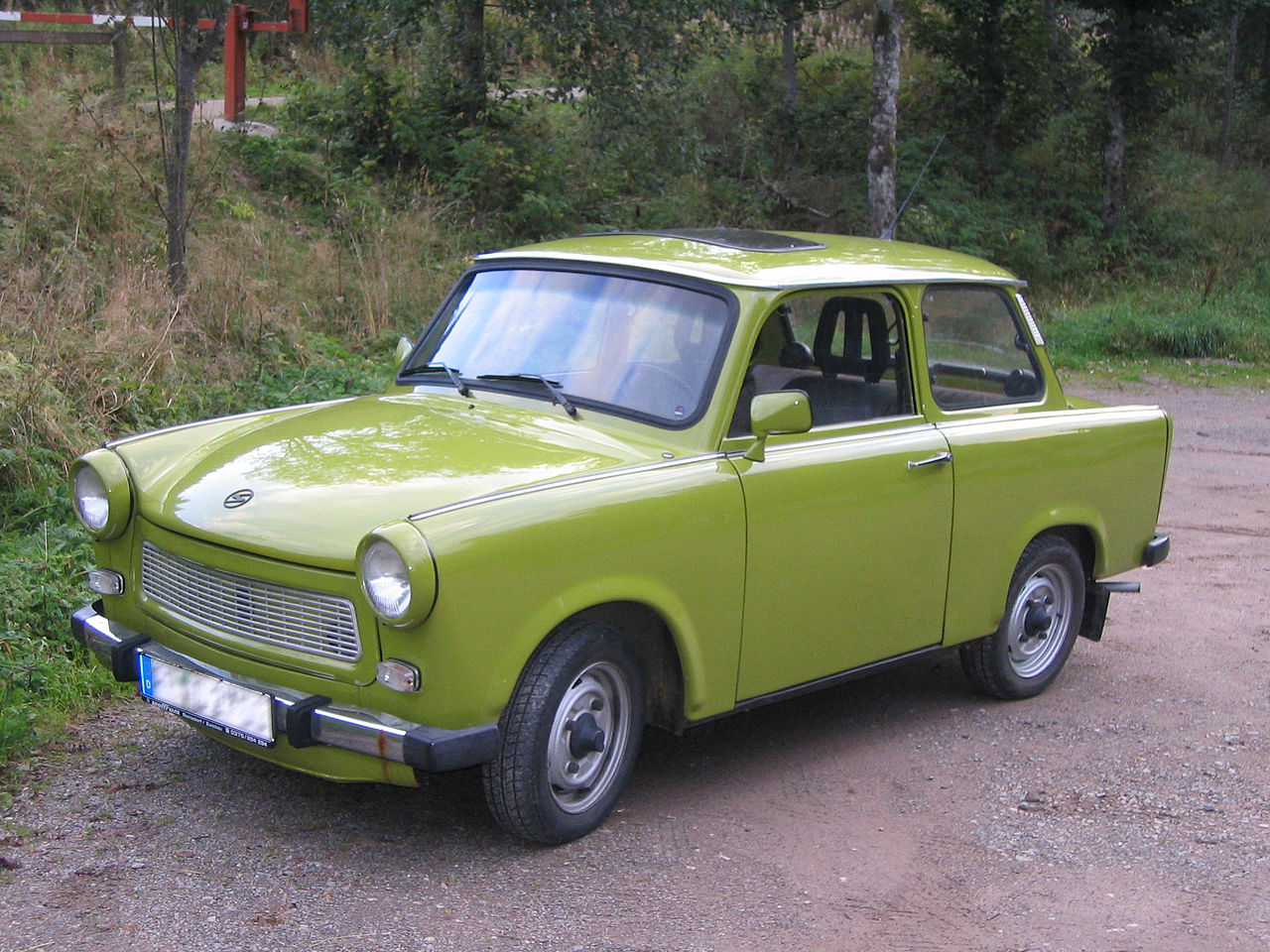
I came across many interviews where former citizens of the DDR described their homes and workplaces, and realized this form of production also affected architecture. In accordance to the Mission Statement For A Socialist City and to control the States debt, measures were applied to construction, leading to an industrialized process and the dominance of panels.
As with any other product launched to the public, architecture took a big hit in terms of variety, style, and overall beauty. I am aware that painting Russian landscapes as grey, and lifeless is a misconstrued stereotype, but in the DDR , residential areas did became monotonous and dull due to mass construction.

Honestly I was very interested in the fact that the political situation of a country could influence its architecture so heavily, and how landscapes and overall urban organisation really reflect the ideals and views of those in power.
By 1957 architecture had returned to international modernism, and many imponent buildings and skyscrapers showed diversity in design and the power of socialist east Berlin
ART AND ARCHITECTURE
Since i was a child, my main hobby has always been sketching and painting. In this reflection I would like to relate painting to architectural concepts.
Ive grown very fond of it, and practice painting, in my free time. As I grow older, my interests in what to paint change, and I start to take on harder challenges, ones that involve correct methodical proportions and perspectives.
Digging around old sheets, I found this painting of The Cathedral of Murcia, which was one of the first paintings in which i started to apply architectural skills such as correct lighting, proportion, scale and perspective.
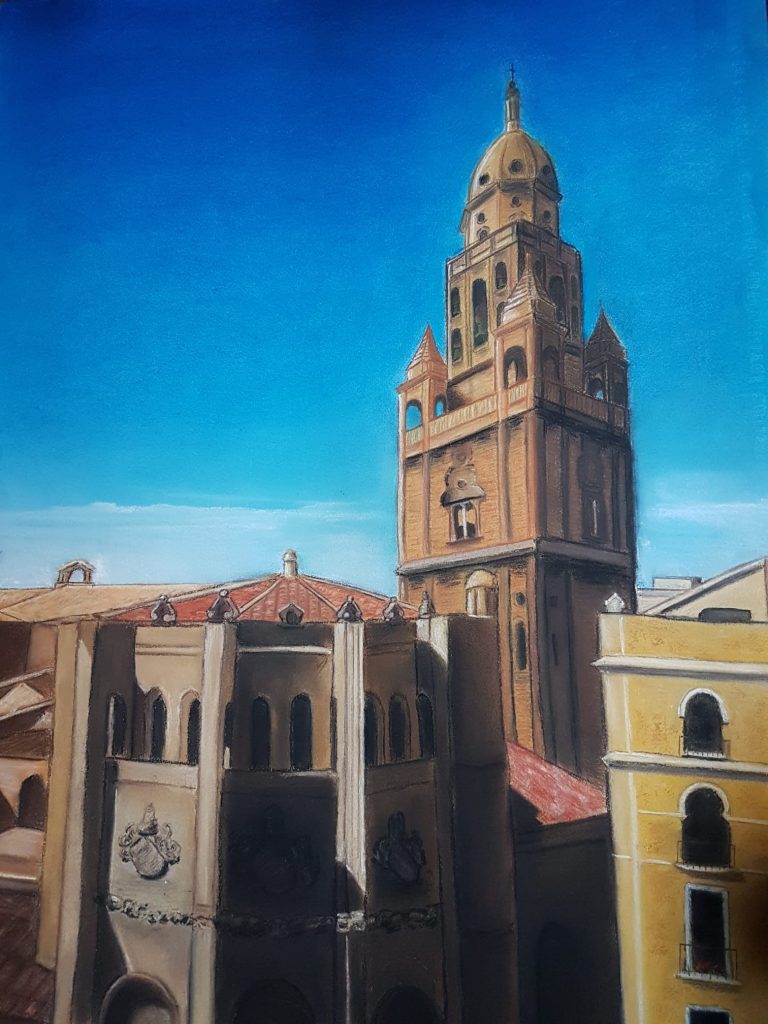
Recently, I looked into landscapes and how light behaves on surfaces such as wet concrete. And even more recently I started applying detailed proportion of faces and facial expressions.
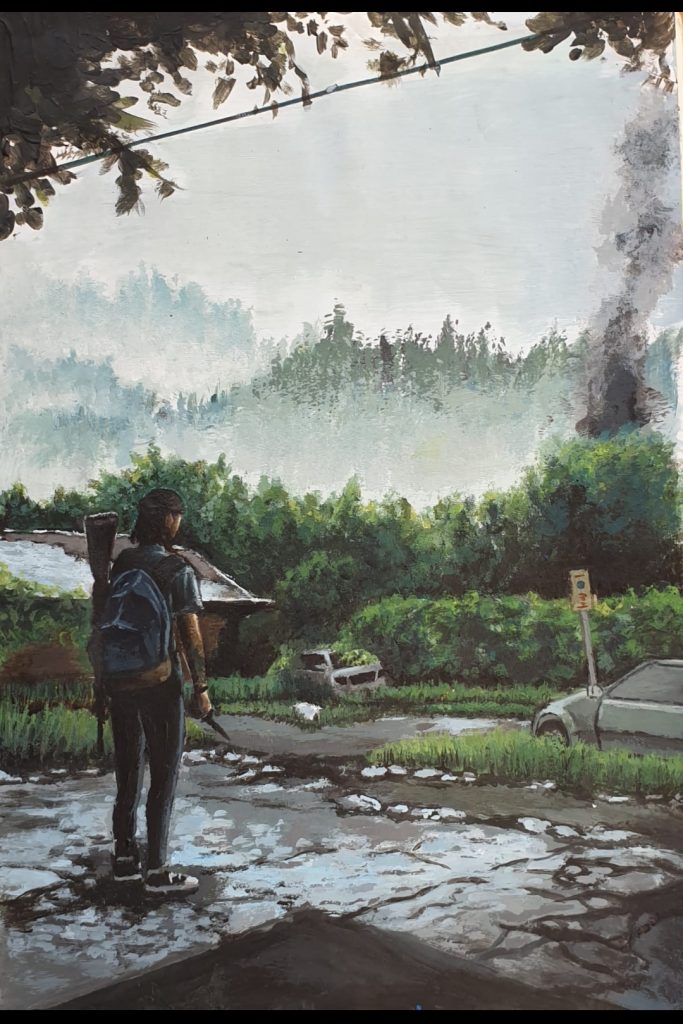
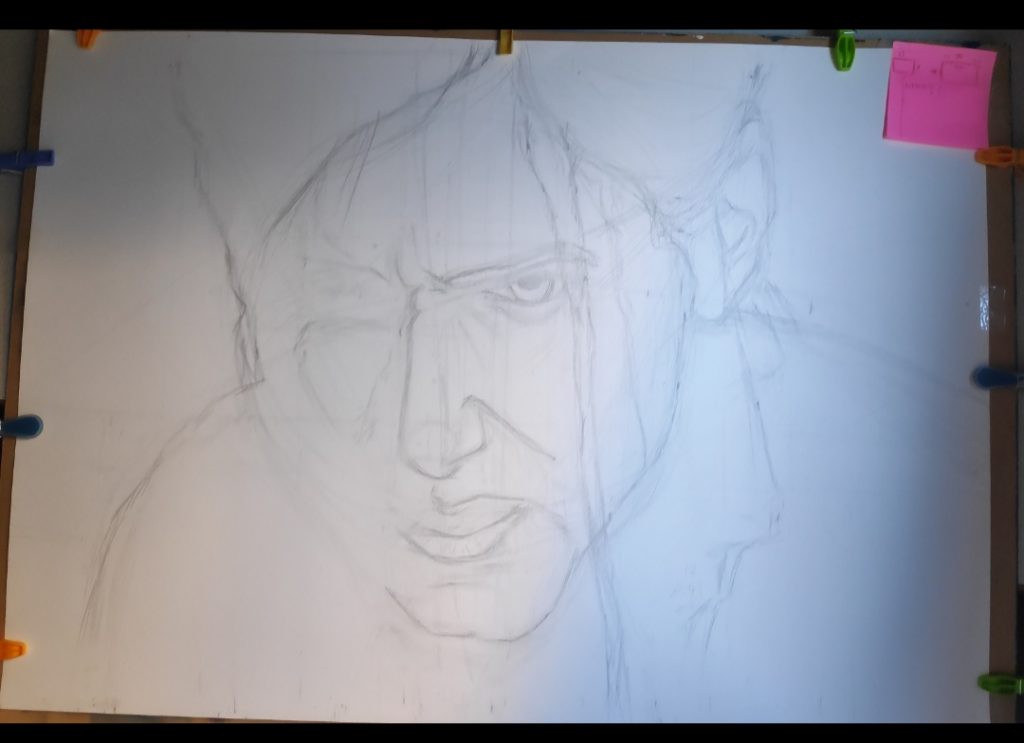
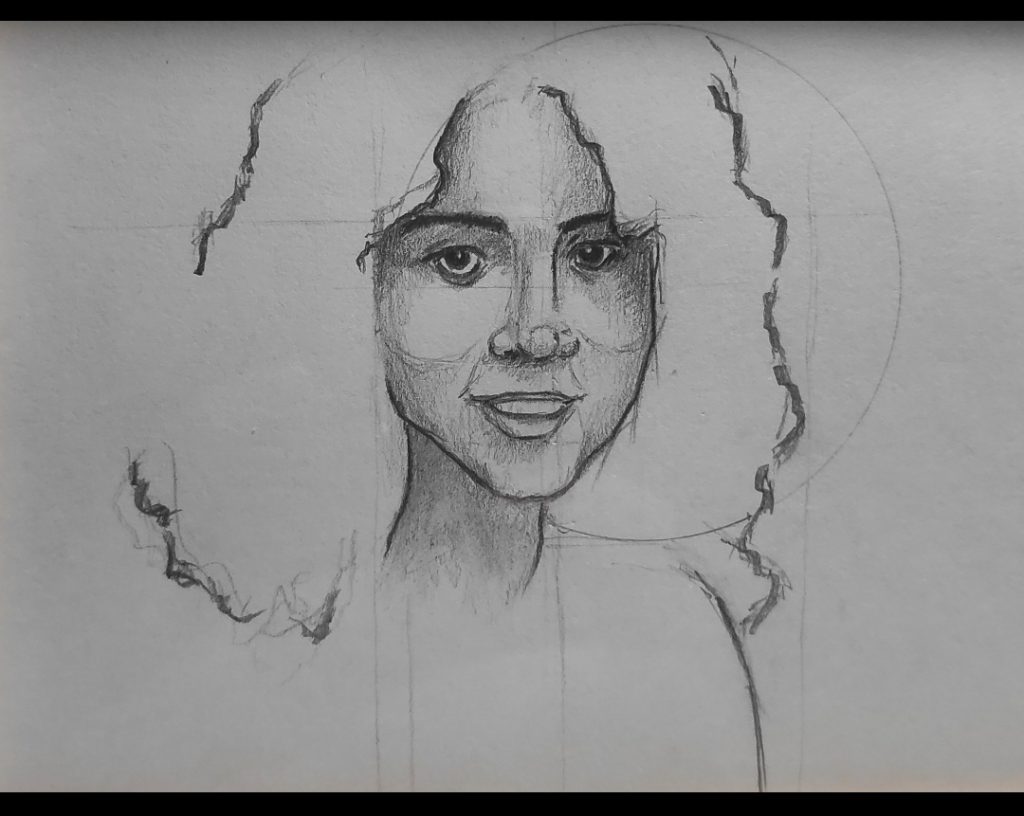
Needless to say this practice in the past has made it much easier for me to adapt to the basic concepts learnt at the start of the Architecture course.